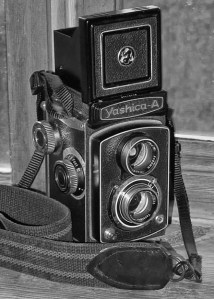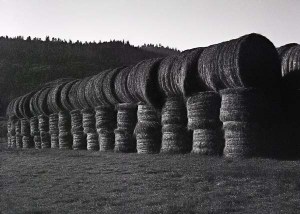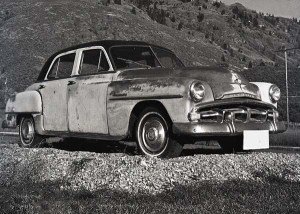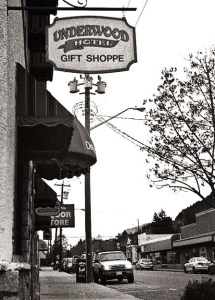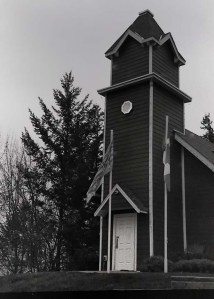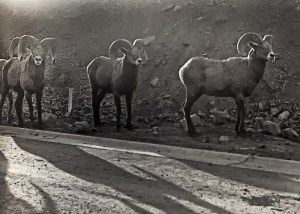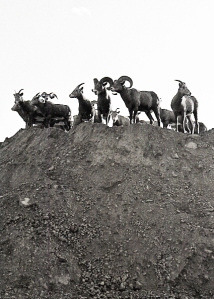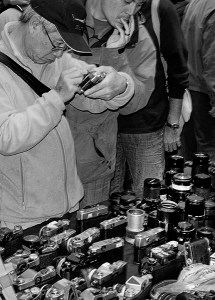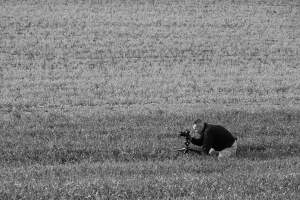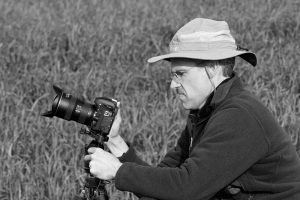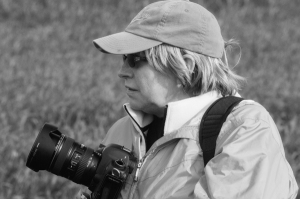November isn’t even over and stores and television commercials are filled with Christmas advertising. Oh well, it always sneaks up on me, and anyway, I like all the festive celebration and excitement of Christmas. The early start means I get to enjoy all the colourful decorations, and listen to the Christmas music for a longer time. Yes, I like Christmas music.
All year long those photographer social media sites I belong to have been filled with photos made by members, but images posted on the internet quickly fade into memories and are easily forgotten when an hour later someone else posts theirs.
I like photographic prints. Prints have a life, whether framed and hung on the wall, taped on the refrigerator, or thumbtacked in an open space in the workroom. To me a print of any size has more importance than a digital image on my computer or iPhone screen.
Christmas is a great time for photographers that now have and an excuse (and an opportunity) to give our friends and family our photographs.
I suppose that could mean a big framed photograph, but what I am writing about is Christmas cards. Cards easier and less expensive than framed prints. Nevertheless, any card of a photographer’s work is more of a statement as a gift than an email.
I don’t want to believe that any photographer would be satisfied with mass produced generic Christmas cards. Personally, I want people enjoy my photography. Even if it’s only as a 5×7 card, and that’s better than having my pictures left languishing in some hard-drive.
Right now my wife, Linda and I are going through our many image files from this year’s photographs selecting those we want for Christmas cards. I’ll print up lots of different images and place all sorts of greetings on them. It is rare that we give the same picture to more than one person. And not all the cards say Merry Christmas. Although I like “Merry Christmas” what goes on a card doesn’t really matter. Happy Holidays, Seasons greetings, Have fun, A good New Year, and anything else I think fits a particular picture.
I have written before that my wife and I always produce a new monthly calendar, doing alternating months. I always get December even if it’s Linda’s turn. Doing a calendar is a neat way to enjoy our photography, but cards are a lot more fun because they are for others to enjoy. I also make cards for all occasions, like birthday’s, Valentine’s, Mother’s day, etc.,
My family expects me to share my photography. Sometimes it’s only a picture of something we’ve done, but if it’s a special occasion they always get a card. For those photographers that don’t have their own printer, it’s as easy as having a 4×5 print made at a local lab. Then get some construction paper, glue a picture on it, fold the paper, write something like Merry Christmas inside and give it away. And don’t make all the cards the same. What would be the fun in that?







